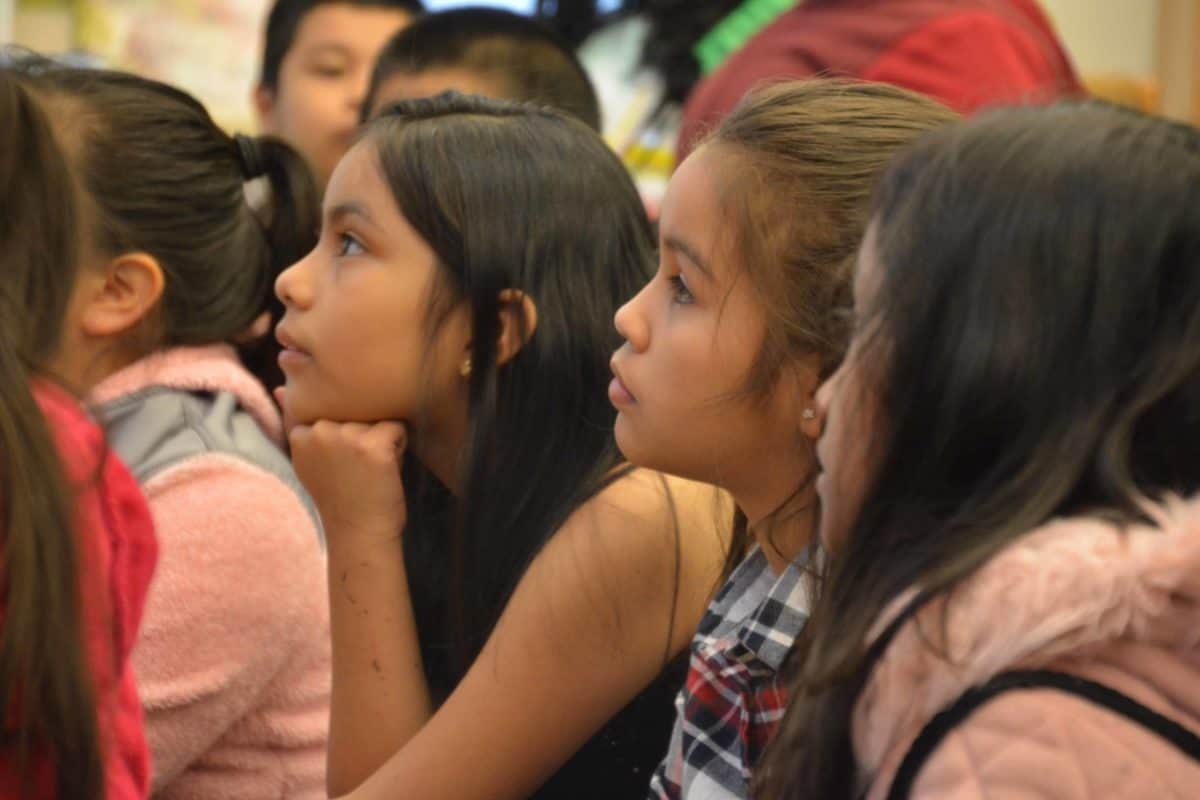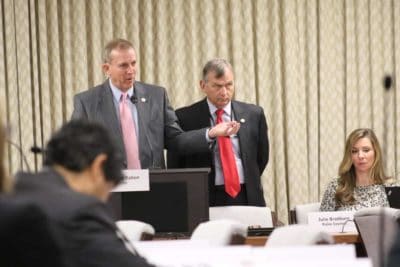

In my first year of high school, as I recall, a kindly, soft-spoken teacher monitored outdoors recess. When adolescent horse-play became too rowdy, he would admonish students with a suppressed chuckle and say, “Act like a white boy.”
There were no black boys to take offense in that Catholic school in 1961. Desegregation would begin three years later. The teacher probably didn’t consider himself racist. Still, his admonishment flowed from the ubiquity of racial distinctions drawn in even casual conversations in the Jim Crow era.
In outbursts on Twitter and on the White House lawn, President Trump has often brought racist tropes and stereotypes of the mid-20th century into the public discourse of second decade of the 21st. In contrast to my former teacher, he speaks in incendiary anger rather than gentle rebuke.
The Republican president sparked a more-than-normal row with an old trope directed at four Democratic women of color serving in the U.S. House. In turn, the House passed a resolution of condemnation, quoting liberally from President Reagan on the value of immigrants to America and saying that Trump’s “racist comments have legitimized fear and hatred of new Americans and people of color.”
The House vote on the resolution fell largely along party lines. All Democrats voted for it, all but four Republicans against. The result is not simple party politics but rather a reflection of a deep divide in the electorate.
Since the 1960s, the country — and especially the South — has shifted from a largely biracial into an increasingly multi-cultural society. What’s more, the development of social media has given digital bullhorns to all manner of individuals and groups, including those who seek to play what is now termed white identity politics.
Recent findings from extensive surveys by the Pew Research Center offer insight into distinct cleavages among citizens in their attitudes on demographic change and the future of the country. Pew asked Americans to think about their country in 2050 when, projections show, whites will have dropped below 50% of the population.
“Whites are about twice as likely as blacks or Hispanics to view this change negatively (28% of whites vs. 13% of blacks and 12% of Hispanics),” says the Pew report. “And, when asked about the consequences of an increasingly diverse America, nearly half of whites (46%) but only a quarter of Hispanics and 18% of blacks say a majority-minority country would weaken American customs and values.”
Though most students in middle and high schools may not consume political news every day, many surely have some awareness of the flare-up in Washington this week, an early taste of what’s to come in through the 2020 campaign. The challenge for teachers — and that includes me preparing for a seminar with first-year university students — is how to give them space to talk about politics and public life in their community, state, and nation, along with elevating their own appreciation of democratic values.
In the journalism sphere, the Trump presidency has presented issues parallel to those faced in public education. Classic commercial media, principally newspapers and over-air television, adhered to the practices of keeping news and editorials separated; they sought to report political contests and issues without taking sides, giving readers and viewers information to make informed decisions. But now journalists worry about “false equivalency’’ and whether their classic standards are adequate to capture the reality of a presidency that regularly departs from truth and fosters racial division. Especially needed now is explanatory and interpretive journalism, adhering to facts and drawing on history and research for context.
While the classroom is not a space for partisan advocacy, public education was originally conceived as necessary to building and advancing the democratic-republic project initiated in the 1780s. Schools are not just for turning out people with skills for the economy but also for educating participants for continual nation-building. That education comes in applying lessons derived from the study of civics, history, and literature to what students see and hear of their time and place.
Earlier this week, in her first broadcast as the principal anchor for the CBS evening news, Norah O’Donnell recalled a 1958 speech by the legendary correspondent Edward R. Murrow, who said of television: “This instrument can teach; it can illuminate; yes, and even it can inspire. But it can do so only to the extent that humans are determined to use it to those ends. Otherwise it’s nothing but wires and lights in a box. There is a great and perhaps decisive battle to be fought against ignorance, intolerance, and indifference. This weapon of television could be useful.”
Surely more than television, public schools serve the nation as powerful instruments for teaching, illuminating, and inspiring — and for diminishing ignorance, intolerance, and indifference.


